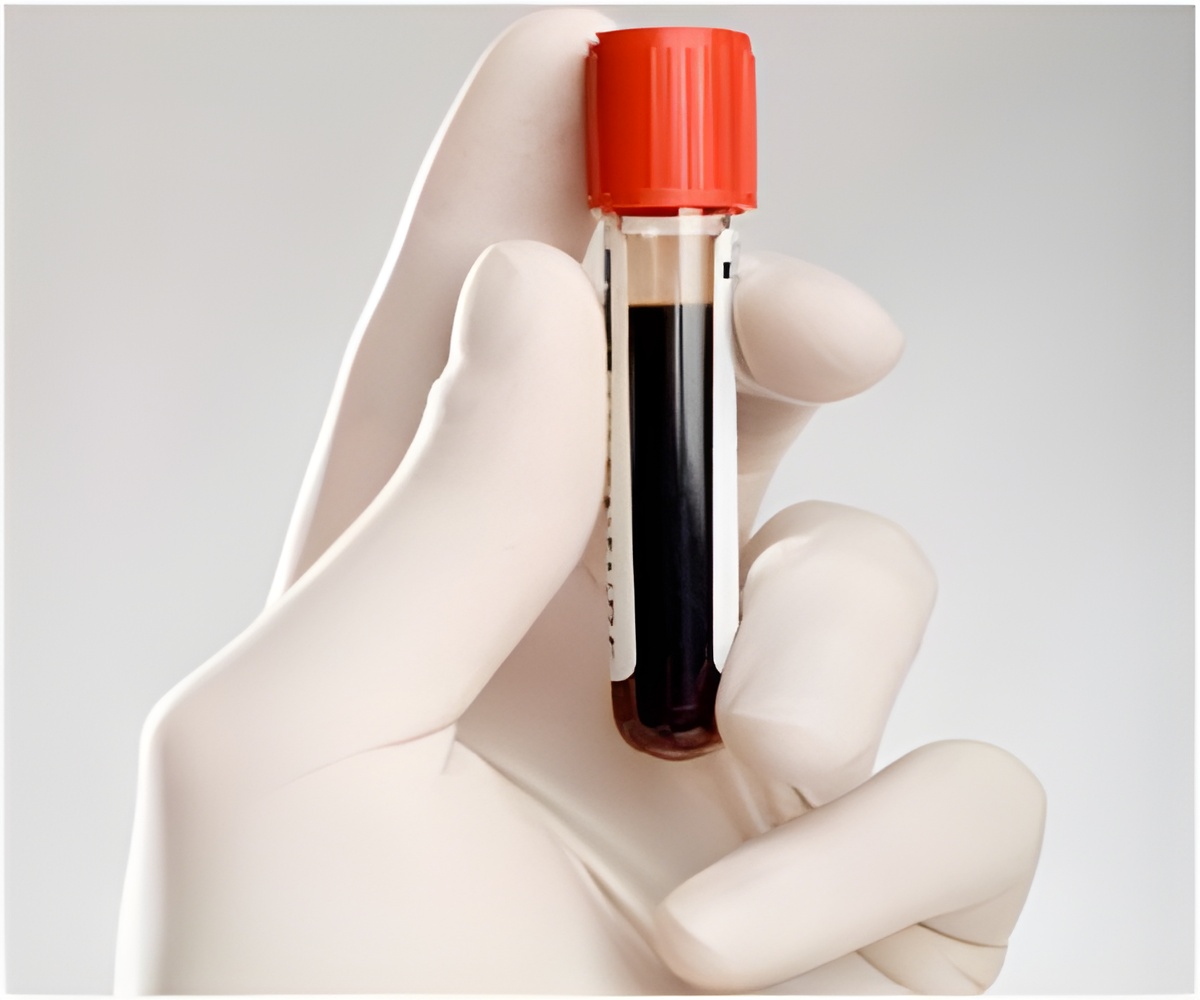
"The current technology involves incubating blood samples in containers for 24-48 hours just to see if bacteria are present," said James Carey, a researcher at the National University of Kaohsiung in Taiwan.
"It takes another step and 24 hours or more to identify the kind of bacteria in order to select the right antibiotic to treat the patient. By then, the patient may be experiencing organ damage, or may be dead from sepsis."
Unveiled at a conference in Indianapolis of the American Chemical Society, the "nose" entails a palm-sized plastic bottle filled with a liquid nutrient that helps bacteria to grow.
Attached to the inside of the bottle is a small array of chemical dots that change color in reaction to the odors released by the telltale bacteria.
The new device can identify eight of the commonest disease-causing bacteria, Carey said in a press release issued by the American Chemical Society.
Advertisement
Other work in an "artificial nose" has yielded prototypes that can detect forms of cancer in a patient's breath, and the presence of certain kinds of explosives.
Advertisement
The device "can be used almost anywhere in the world for a very low cost and minimal training," said Carey.
Source-AFP












